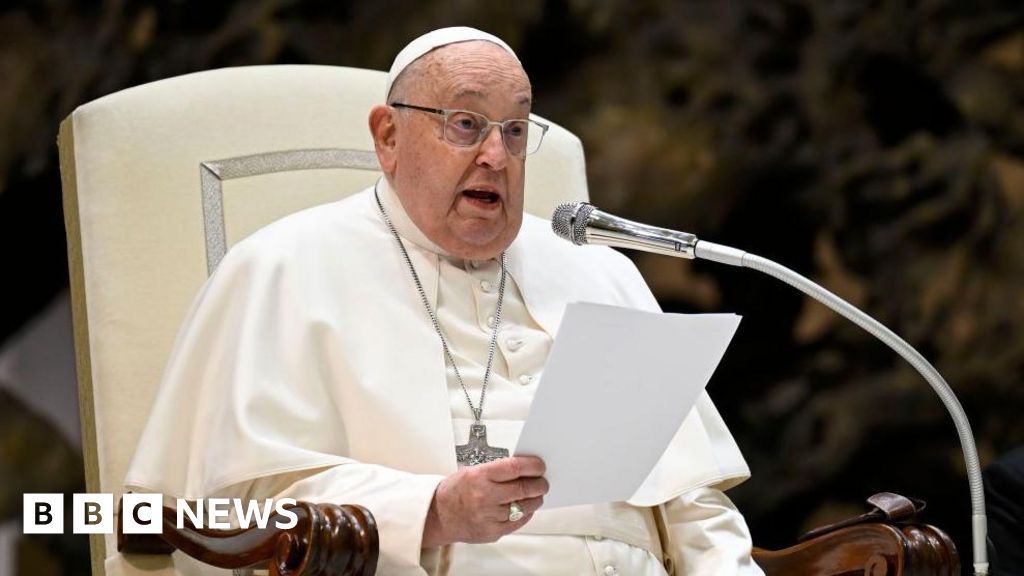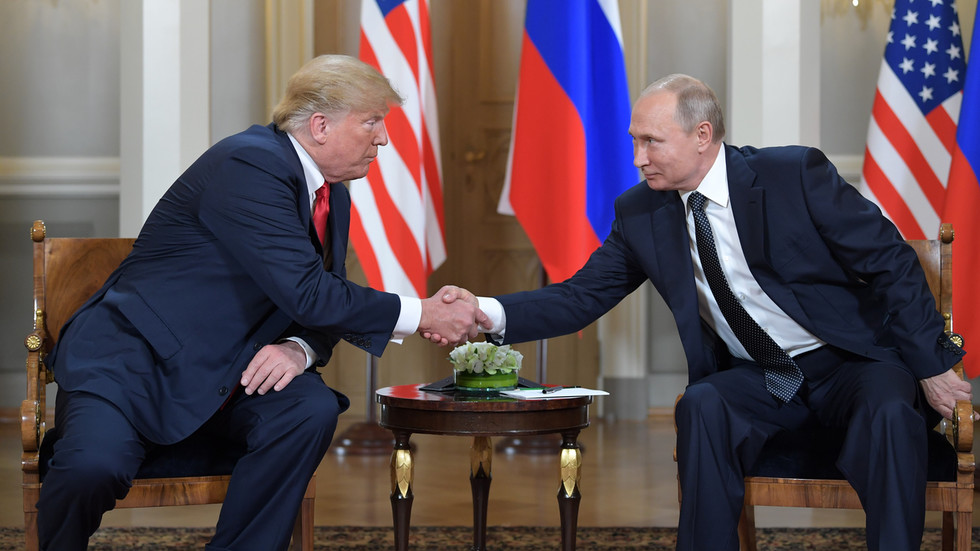The boundary dispute between India and Nepal has heated up once again after the Nepali government last week announced a new currency note featuring a map that shows three border areas claimed by New Delhi.
The dispute involves the territories of Kalapani, Lipulekh and Limpiyadhura, which are currently under Indian control.
The new map adds 335 square kilometres (129 sq. miles) of land to Nepal, and the country's central bank is expected to take up to a year to print and issue the new note.
India's Foreign Minister S Jaishankar slammed Nepal's decision, saying it will not change the reality on the ground.
"Our position is very clear. With Nepal, we are having discussions about our boundary matters through an established platform. In the middle of that, they unilaterally took some measures on their side," Jaishankar told media persons.
"But by doing something on their side, they are not going to change the situation between us or the reality on the ground," he added.
What's the dispute about?
The boundary dispute between the two countries began to escalate after New Delhi issued a political map in November 2019 that placed the contested area within India's territory.
Relations became more strained when India inaugurated an 80-kilometer-long roadway that passes through Lipulekh, a disputed area that lies at the strategic Nepal-India-China tri-junction.
The unilaterally built motorway links India's Uttarakhand state to Tibet's Kailash Mansarovar via the Lipulekh Pass, a territory historically claimed by Nepal and considered one of the shortest and most practicable trade routes between India and China.
The small Himalayan nation challenged India's inauguration of the road by publishing a new map showing the contested areas — including the areas of Kalapani, Lipulekh and Limpiyadhura — as lying inside Nepal's borders.
Nepal, which was never under colonial rule, has long claimed these areas in accordance with the 1816 Sugauli treaty with the British Raj following the Anglo-Nepalese (Gurkha) War.
The treaty recognized the Kali River as Nepal's western boundary with India and the land lying east of the river is Nepalese territory.
However, these areas have been under India's administrative control since the early 1960s.
Resolving through dialogue?
Former diplomats and foreign policy experts say New Delhi should initiate dialogue with Kathmandu and resolve the issue.
"This unilateral action does not change the situation on the ground. Both sides can produce maps supporting their claims and of the territories belonging to them," S D Muni, an academic who has also served as India's special envoy for Southeast Asian countries, told DW.
"But in the final analysis, this will have to be decided mutually by both sides through negotiations or otherwise they must approach bodies such as the International Court of Justice," he added.
Nepal said it's in favor of finding a solution to the dispute through diplomatic means.
"We want to resolve the boundary issue with India. We want to fix it through diplomatic means and through table talks. We are taking an initiative for this," Nepal's Foreign Minister Narayan Kaji Shrestha was quoted as saying by the Kathmandu Post.
Some observers in India believe that the currency note redesign decision of Nepal's Cabinet, led by Prime Minister Pushpa Kamal Dahal, reflects the domestic political makeup of the current government, which they allege "thrives on whipping up anti-India sentiments" for sustaining their political appeal.
"The status of the three areas being claimed as part of Nepal could have been resolved through dialogue with India, but the leftists prefer confrontation and provocation such as publishing maps on currency notes," said Sreeram Chaulia, professor and dean at the Jindal School of International Affairs, referring to the communist-led coalition government in Kathmandu.
"Downplaying the real threat of communist and expansionist China while exaggerating territorial disputes with India is part and parcel of ideological games being played by Nepal's Maoists," he added.
Border row damages close India-Nepal ties
Despite the boundary dispute, both Nepal and India share a unique relationship of friendship and cooperation, characterized by open borders and deep-rooted religious, cultural and people-to-people ties.
India is also Nepal's largest trading partner and is investing billions of dollars in infrastructure, including hydropower plants.
But the border dispute threatens to derail the ties between the two countries, said Mahendra P Lama, a professor and development economist.
"There have been very noticeable actions by the political parties, civil society groups and the government in Nepal that showed both before and after the 2020 parliamentary resolutions, that they would pursue this matter of a new map protractedly and proactively," Lama, who has studied the dispute closely, told DW.
"India seemingly took this matter as a routine official diplomatic bilateral matter that it thought could be resolved along with other protracted issues," he said.
"This sensitive matter required exclusive attention and much quicker interventions based on larger consultations," he added.
Unless new political formations come up in Nepal based on larger and broader representations, the expert stressed, "India will continue to face so-called balancing games primarily triggered by political survival and regime renewals."
Anil Wadhwa, a former Indian diplomat, said that Nepali governments are stuck with the border issue as the nation's parliament passed a resolution stating that the disputed territories belong to them.
He urged both sides to engage in candid talks to put an end to the dispute.
"Both India and Nepal will always remain closely tied due to historical relations. It would be in the interest of both to not let this issue hold the relationship back."
Before you leave: Every Friday, the DW Asia newsletter delivers compelling articles and videos from around the continent right to your inbox. Subscribe below.
Edited by: Srinivas Mazumdaru

 9 months ago
21
9 months ago
21









